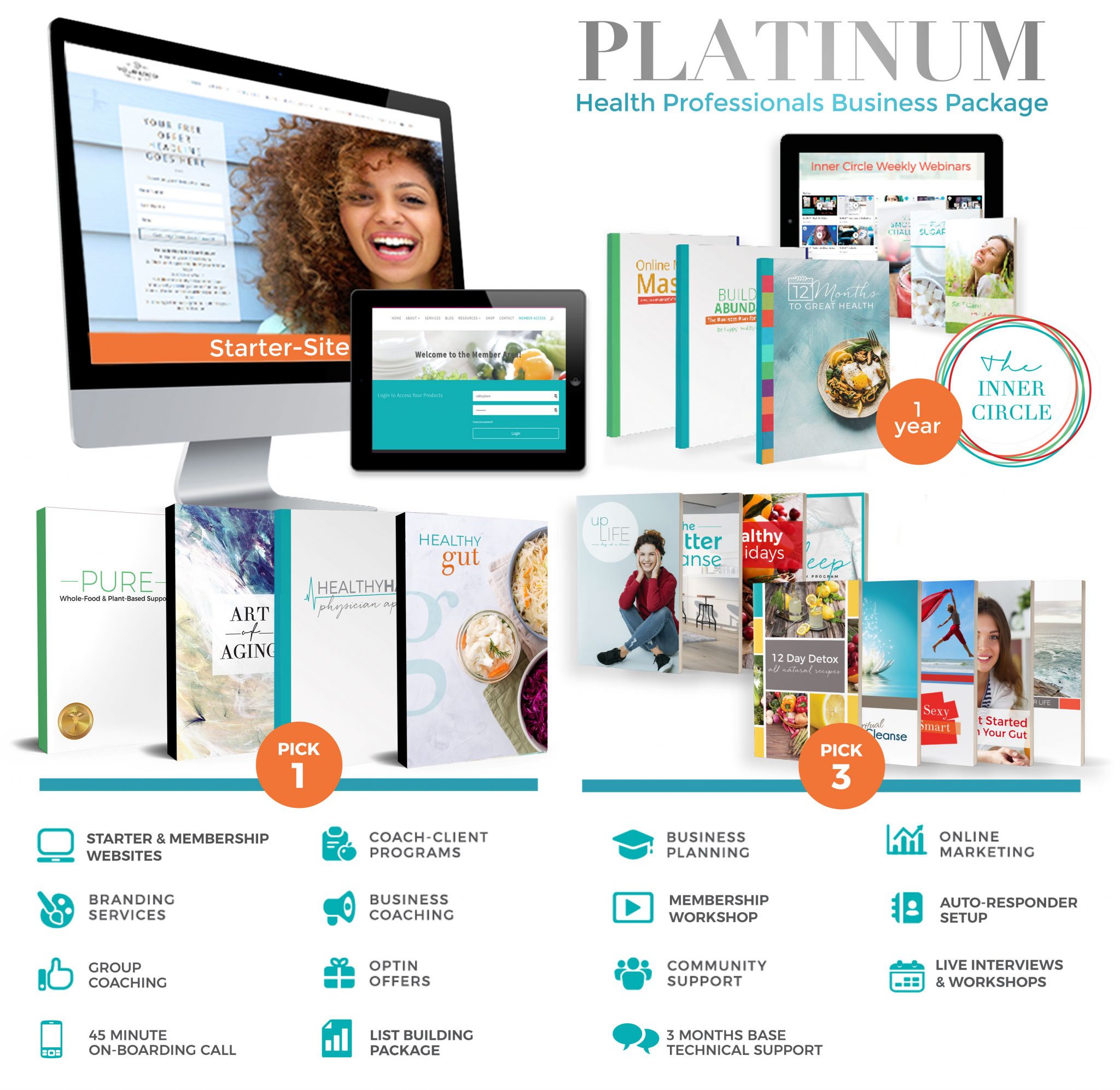Secrets of Storytelling for Marketing
Lessons in Business
for Health Coaches


Storytelling in marketing isn’t just about sharing tales, but also about effectively communicating the value and essence of a brand or product. When skillfully employed, storytelling can create an emotional connection, build trust, and move consumers towards action. Here are some key storytelling secrets tailored specifically for marketing:
- Know Your Audience: Understand who you’re speaking to before crafting any story. What are their desires, fears, challenges, and aspirations? Your story should resonate with these points.
- Start with the ‘Why’: Simon Sinek’s “Start with Why” concept highlights the power of explaining the reasons behind your brand or product, not just its features or benefits. This taps into emotions and deeper motivations.
- Build a Brand Narrative: Your brand’s story isn’t just about a single ad or campaign. It’s an ongoing narrative that communicates your brand’s evolution, values, and purpose.
- Use Real Stories: User-generated content, testimonials, or stories of how your product or service impacted a real person can be incredibly powerful.
- Integrate Visual Storytelling: A compelling image or video can sometimes communicate more than words. Use visuals to enhance and support your narrative.
- Establish Conflict and Resolution: Just like traditional storytelling, introduce a problem (a challenge your target audience faces) and then offer a resolution (how your product/service solves it).
- Keep it Authentic: Audiences can sense insincerity from a mile away. Your story should be genuine, reflecting the true values and mission of your brand.
- Evoke Emotion: Emotion drives action. Whether it’s happiness, nostalgia, motivation, or even fear, stories that trigger emotion are more memorable and shareable.
- Ensure Consistency: Across all platforms and campaigns, there should be a consistent narrative. This builds brand recognition and trust.
- Invite Participation: Engage your audience by inviting them to be part of your story. This could be through interactive content, user-generated content campaigns, or community initiatives.
- Simplicity is Key: Avoid over-complicating your story. The core message should be simple and easy for the audience to grasp.
- Utilize Multi-Channel Storytelling: Different platforms (like blogs, social media, videos, podcasts) offer various ways to tell your story. Adapt and tailor your story for each medium.
- Relevance and Timeliness: Craft stories relevant to current events or trending topics, making your brand feel up-to-date and in touch.
- End with a Call to Action (CTA): After sharing your story, guide the audience on what to do next. This could be signing up, making a purchase, sharing the story, or any other relevant action.
- Continuously Evolve: The market, audience preferences, and cultural narratives change. Be willing to adapt and evolve your story as needed.
By leveraging the power of storytelling in marketing, brands can create a deeper, emotional connection with their audience, fostering loyalty and driving consumer action.
Further Reading
With content below.
Platinum Package (Includes Business Planning, Online Marketing Mastery, List Building Pkg, and business coaching)
Inner Circle (Includes BA, OMM)
Tell me where you are in your business building and what you’re stuck on. Let’s see if we can get you “unstuck”. Comment below.








